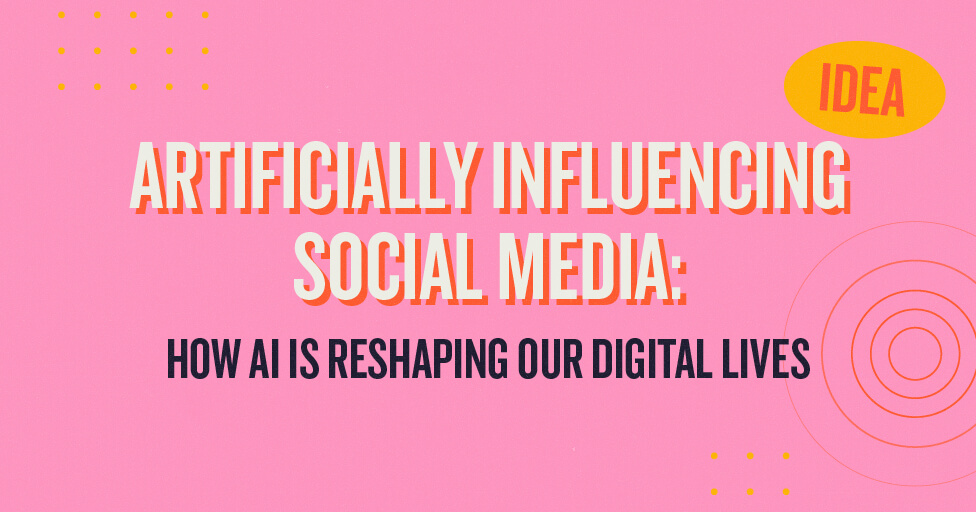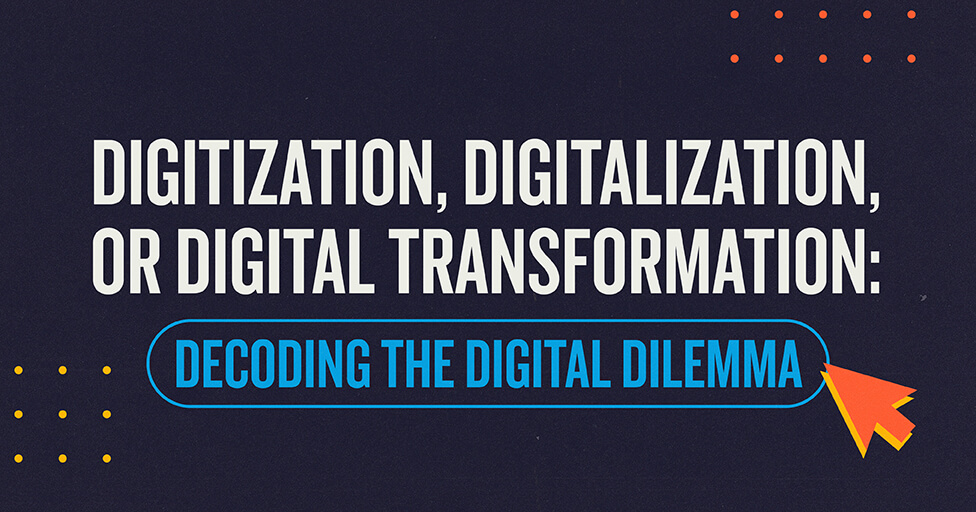
In honor of Women’s History Month, the women of MBB came together to discuss how brands can better represent and advertise to the female community. We quickly discovered that the relationship between advertising and the women’s movement is complex and multi-layered, as were our own thoughts and opinions about different ads we’ve come across this month.
Some issues were pretty cut and dry for us, like how you shouldn’t reduce a woman in an ad to a pair of boobs, ever. Others were a bit more complicated—does a woman’s sex appeal detract from her ability to represent empowered women?
In sharing our thoughts on how brands help or hinder the women’s movement, our intent is not to represent the viewpoint of all female consumers or women in advertising. Instead, we hope to shed some light on how brands can be more thoughtful in how they advertise to and represent women. That being said, here are some themes that emerged from our discussion:
Authenticity is key.
It’s no secret that women are a big target for marketers and that many brands want to align themselves with feminism in order to sell products. But the brands that appeal most to the women of MBB put their money where their mouth is—and that doesn’t just mean giving to women’s causes. Both Johnnie Walker and Brawny launched campaigns to support women’s progress this month, which made us ask ourselves if philanthropy automatically makes a campaign authentic.
Pledging money to a cause is an easy way to incentivize people to buy your product. But when it comes to women’s equality, we all agreed that authenticity lies in how a company is treating its female employees. When a company is advertising their support of the women’s movement, we want to know if they’re providing their female employees with equal pay and a safe place to work. If not, it automatically negates any pro-woman campaign they may be running.
Time’s up on objectification.
Historically, women have been portrayed as objects of desire, presented as an unattainable ideal. While advertisements alone can’t be blamed for how some men treat women or for causing body image issues in women, they certainly haven’t helped. The tolerance level for the objectification of women is zero. We’re ready for this type of advertising to stop.
Stop relying on stereotypes.
Women are often portrayed in a domestic role, cleaning the home or juggling the responsibilities of working mom life. From an advertising perspective, it’s easy to fall into this rhythm—after all, we’re just trying to represent what data tells us about our target audience. But from a consumer perspective, it feels shallow. It says you made a lot of assumptions about my life based on a trend report. This isn’t to say a brand can never show a woman cleaning or running the kids to soccer practice, especially if the product is closely tied to these activities. But we’re asking for more creativity, more personality, more diverse representation of what it’s like to be a woman today.
Change is possible.
We believe it’s possible for a brand to reinvent itself and atone for past errors in judgement. But we think it will take time to truly change people’s perception. Public apologies and changes in staff can help, but the best thing to do is to move forward consistently and authentically in a positive direction. It will be a long time before Axe is able to shake its sexist image, but we thought their Find Your Magic ad was a step in the right direction.
We don’t want to be seen as “other.”
One of the most valuable pieces of advice we have for brands is to avoid representing women as fundamentally different from men (even though we realize in many ways we are different). We’re tired of brands telling us we have to use a “girl version” of their product. We don’t appreciate being called “shero”—hero or heroine will do. We don’t need a special cocktail or women’s version of your whiskey to become a fan. We’ll drink it straight like everyone else. The “put a lady on it” approach just feels like pandering at this point. If your strategy is to launch a separate female edition of your product to let us know that you Support Women’s Rights, you’re doing it wrong. Continuing to separate women from men in the name of gender equality is counterintuitive and perpetuates the mentality that leads to unequal treatment in the workplace. No need to market to us overtly—we’ll likely see through it, anyway.
Women’s equality isn’t seasonal.
It’s hard to take any women-centric marketing seriously when it only occurs during Women’s History Month. The brands that really support women do so year-round, from the inside out. And the same should go for anyone looking to support women’s causes or change how women are represented in advertising. This month sparks conversations about the women’s movement, but those conversations shouldn’t stop on March 31st. We encourage women working on advertising campaigns to fight for better representation of women and for brands to value their female team members as resources for getting the conversation right.
As advertisers, we have a responsibility to be part of the change in how women are represented in ads. We believe change will happen when more women advertisers are given opportunities to speak out against negative representation. At MBB, we’re fortunate to work in a supportive atmosphere that has a lot of female representation, but we recognize that our environment is not representative of the industry as a whole. As an industry, we’re still in need of more female leadership, especially in creative fields. For more on that topic, check out our recap of the 2017 3% Conference.
Subscribe to our newsletter
Get our insights and perspectives delivered to your inbox.


